Is Your Packaging Attracting the Right Audience?
By: phase1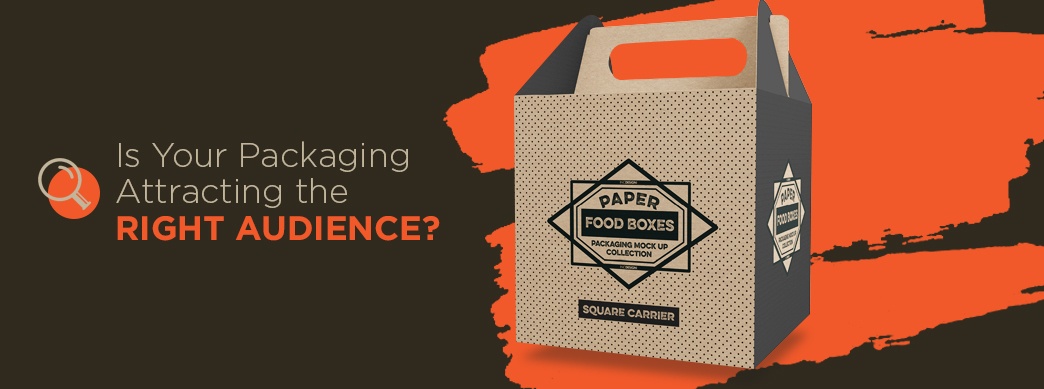
From the first time a customer sees a product on the shelf to the moment they throw out or recycle the packaging, they become more familiar with the brand. The first step is crucial: Understanding what attracts people to your product can help you determine how best to appeal to them through packaging.
The packaging of your product is a form of advertising that can tell a customer a lot about your brand. People can learn about your product and company from several features on the packaging, such as the copy on the label, or the colors used, which can evoke certain emotions. Knowing your audience will help you to develop packaging that appeals to them.
Audience Factors
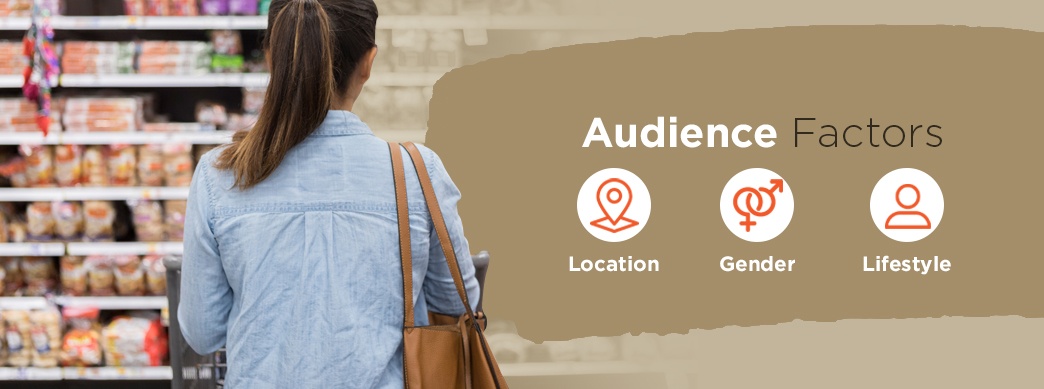
People’s tastes and preferences vary based on several factors, such as their age, location and lifestyle. It’s essential to consider who your audience is when marketing your product and designing the packaging, as identifying who you’re addressing can boost your sales or help you better target your advertising.
1. Location
The location of your audience can influence what they find valuable or useful. Sometimes, location can influence how people respond to particular products or colors, too. Some religions and cultures have sacred colors that are associated with specific feelings or concepts. Packaging that might be popular in one area might not do so well in another area because of cultural differences. People might perceive a product differently based on the colors used and what those colors mean in their culture.
Additionally, language varies based on location. The majority of a population in a particular neighborhood might speak a different language from the language spoken in other parts of a city or state. If product packaging doesn’t speak a language, the product might not perform well.
Location demographics often intersect with religion, language and lifestyle demographics. It helps to consider where your packaging is going. If it is going to a predominantly Hispanic area or grocer, putting Spanish on your packaging could be the difference between someone understanding what your product is and passing it by. During Pride, you might use rainbow packaging to appeal to an area with a substantial LGBT+ population. If you are going market to specific cultural groups with your packaging, remember that it should be more than a hollow marketing ploy. People appreciate companies that make real differences in their communities.
Another aspect of location that might be helpful to take into account is events. Think about sports. Every product seems to have themed packaging around major sporting events, especially items that are popular for parties during the game, like chips and soda. Large-scale sporting events or similar events are opportunities to target an audience that might be more excited about that event than someone in another area. For example, it stands to reason that local-sports-team-themed products will sell much better in the team’s home area than they would in another part of the country.
2. Gender
Gender is another significant demographic, and targeted efforts can be more or less successful based on your product. Some products appeal more to certain genders than others. In the United States, for example, 59% of wine drinkers are female. Women who drink wine may appreciate different aspects of packaging or marketing efforts and may not respond enthusiastically to masculine designs on the bottle.
Gendered marketing can get complicated when you try to mark a product to men or women. Lately, there has been a surge in products that are marketed to one gender over another. Pens made for dainty hands, and soaps for rugged, manly men come to mind. While these products may appeal to some, others may see them as pandering and condescending. Media figures, such as Ellen, have commented on certain products, casting them in a negative light.
It’s important to ask yourself if your product would benefit from gender-targeted packaging. Many products are gender-neutral, but some, such as cosmetics and fragrances, are not.
3. Lifestyle
People’s lifestyles often influence their purchasing habits. People who live on their own or with just one other person don’t need to buy as much food as a family of six. Single people or couples often struggle with food that goes bad before they can use it. Single-serving and smaller packaging sizes might appeal to singles. Small packages allow them to keep food fresh longer and buy more efficiently. Meanwhile, larger families might appreciate bulk-size or value-sized packages, so that they don’t run out of a product quickly.
Lifestyle demographics can intersect heavily with other factors, such as age and income. For example, students are usually young and often don’t earn much, if any, money. Cost and convenience might matter more to students than quality. They’re likely to choose foods that are fast, easy and inexpensive, like instant noodles, instead of gourmet, expensive options.
How Packaging Fits In
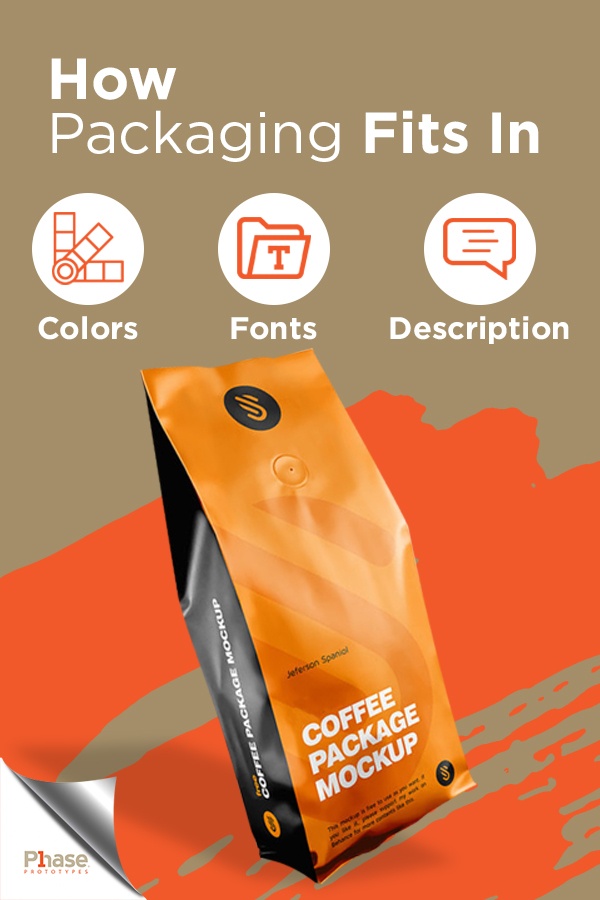
For low-involvement products, such as food items, the packaging is sometimes the only advertisement you get. Most people won’t spend time online researching the milk they are about to buy. Instead, it happens at the store, when they read price tags and the information on the package. Connecting with a customer at the point of purchase is crucial. You want to convey the right information to your customers in the right way.
The information you’re conveying isn’t always basic and logical, either. Design plays a considerable role in how people respond to a product, and they may not even know why. One Harvard professor, Gerald Zaltman, posits that as much as 95 percent of the purchasing decision takes place subconsciously. Design is a perfect example of that.
1. Colors
People react to colors differently. These responses can be used for packaging to elicit several different actions from customers. Take a look at how color can affect people’s response to a product:
- White: Less color can mean more sophistication. A pure white conveys simplicity, class and purity. Think of the tech giant Apple, known for minimalist designs and high-end products.
- Black: Black works similarly to white. It makes people think of sophistication, luxury and strength. Black is often used in combination with other colors to create specific associations. Black and gold can suggest luxury, while black and pink offer an edgy but feminine touch.
- Blue: Blue is a frequent color for marketing.. It is well-liked and can feel professional and trustworthy or playful and light, depending on the shade. A dark navy adds a more sophisticated touch to a product, while something like sky blue can appeal to kids and show off the fun nature of it.
- Red: Red is a dynamic color that can reflect our physical natures, such as love or excitement. We associate both romance and slasher movies with red. It is energizing, but can also come off as aggressive. Red requires a little more caution than other colors.
- Green: An eco-friendly initiative or organic product may benefit from green packaging. It connotes nature and health, along with growth and peace.
- Yellow: Yellow is another color that requires careful consideration. It is bright, fun and optimistic, but it can also make people feel unstable. Yellow grabs people’s attention, so use it sparingly.
2. Fonts
Font choices can say a lot about your product and who it appeals to. A font can be either serif and sans serif. A serif is the little “tail” on the edges of some letters. If the letter “d” has a little flag pointing off the top, then it is a serif font. Sans serif fonts do not have tails. Both are widely used but can create different reactions.
Serif fonts can feel traditional and be easier to read for large sections of copy. Sans serif fonts are a little more modern and feel more minimalistic. You can also use decorative fonts to add character to your text. Scripted or curly lettering should be used carefully, though, as they may come off as childish or hard to read.
3. Description
After your design draws people in, compelling copy tells them what they need — and want — to know.
Your tagline should be attention-grabbing and your writing concise. Consumers likely aren’t spending hours researching one brand of peanut butter. They expect to get their information quickly, from the back of the jar. The text should be optimized for quick reading, including bolded and italicized words and bullet points. Checkmarks and colored text can also help guide the eye.
It’s also vital that the text on your packaging be easy to understand. Include the name of the product throughout the body copying and the packaging, along with what the product is. You may want to be more or less upfront about the benefits of the product, depending on your brand. For some, concepts like putting more time into your day will have more appeal than direct benefits, such as healthier ingredients.
You may also want to include other varieties of the product, for people who like it and want more. Link to your website, too, as it can lead them to much more information than you can fit on a jar of peanut butter.
How Do I Know I Need to Improve My Packaging?
You should keep several goals in mind when evaluating your packaging, and if it doesn’t reach them, you may need to reevaluate your designs. A package should:
- Be user-friendly. If it is hard to open, you’re likely losing customers who want a more straightforward option. Consider the needs of older people, children and people with disabilities when designing a package. They may need products that don’t require much dexterity or physical strength to open. Children may benefit from a squeeze pouch of applesauce, while older people may appreciate easy-open lids. Other ease-of-use features include resealable packages or products with convenient pouring mechanisms, like a punch-out in a box of baking soda.
- Stand out from the pack. In a competitive market, staying a cut above the rest can be vital. When competitors update their packaging to use innovative designs, it can light a fire under your business to do better and keep up. Unveiling a new, improved package is an excellent opportunity to gain a competitive edge.
- Be sustainably made. Environmentally friendly packaging can go a long way in today’s eco-conscious world. Not only does sustainable packaging help you achieve industry and federal standards, but it can also appeal to new clientele. Many consumers, especially younger ones, appreciate the ability to recycle. They seek out brands that use less harmful production practices. You can even tout your green features on your packaging and make a campaign out of it.
- Use innovative, cost-effective technologies. Advancements in technology have made some innovative designs and technologies cheaper than older, existing models. If there are more economical packaging solutions that are also innovative and efficient, you may see significant savings from adopting them.
What Can I Do to Improve My Packaging?
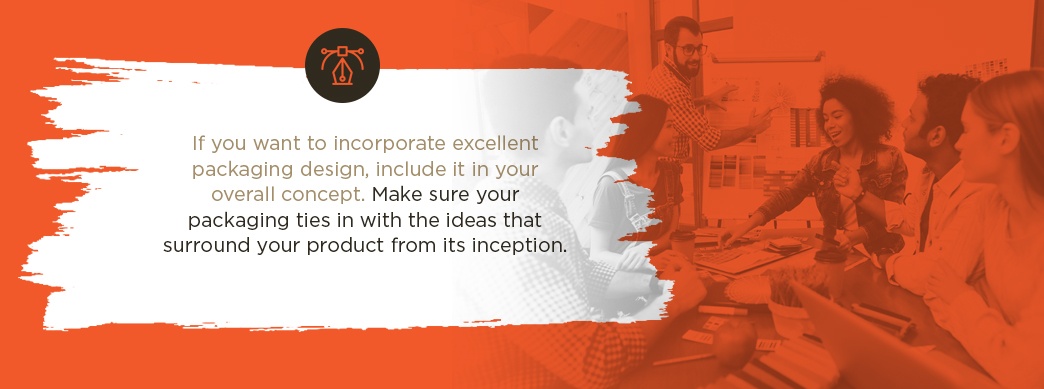
If you want to incorporate excellent packaging design, include it in your overall concept. Make sure your packaging ties in with the ideas that surround your product from its inception. Do not leave it for the last minute as an add-on. Including it from the start ensures that your packaging is as much a part of marketing as traditional advertisements. Remember, the packaging is an especially valuable advertisement for those low-involvement purchases.
Think about the target audience as you design. Some ways you can incorporate your audience in the packaging include easy-open lids or squeeze containers. Choose colors and fonts with care to appeal to specific demographics.
Include a story in the design, especially if your product is innovative and unique. Use creativity, humor or a no-nonsense approach — whatever fits your brand identity the best. Draw the customers in by telling the story of the product, the brand or the purchase. Think of Kickstarters or brands that have been around for years. Brands like Little Debby and Chef Boy-ar-dee tell us stories about these characters and the values they uphold.
Make use of short print runs to target specific segments of your audience. These can also help to test out different marketing strategies and see what works best.
Most importantly, you can contact a prototyping company like Phase 1.
Start Prototyping with Phase 1
If you’ve decided that you need to redo your packaging design, you’ll probably need someone to develop it. That’s where Phase 1 Prototypes comes in. With a long track record of developing products like stand-up pouches, wrappers, boxes and more, Phase 1 Prototypes offers quick solutions to your packaging needs. We can provide a fast turnaround for packaging prototypes that make your product stand out and reach your audience.
Apple’s Jonathan Ive aptly said that packaging “can be theater.” Use it to turn your product into a production, and let Phase 1 develop your prototype. Contact us today for a quote.

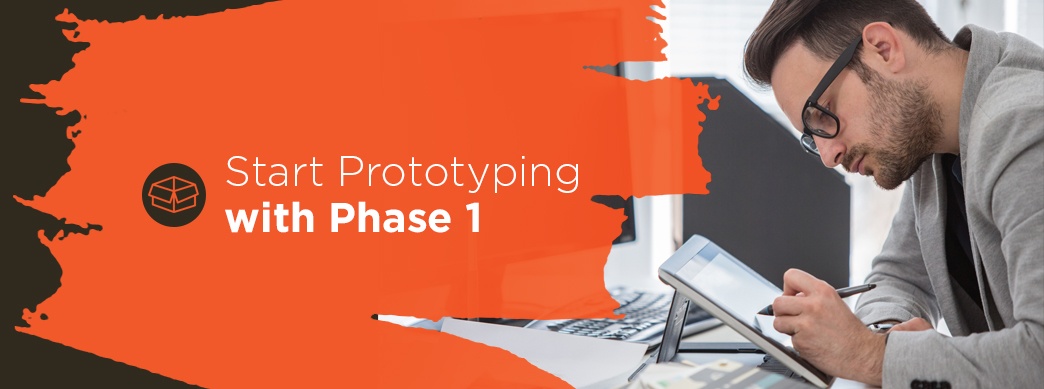
Leave a Reply